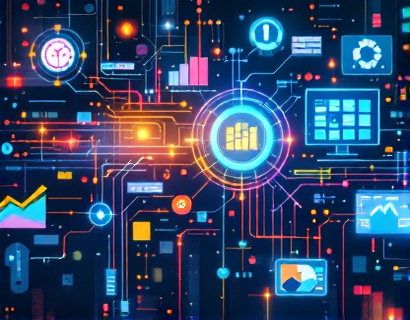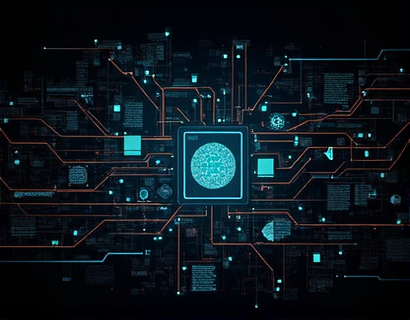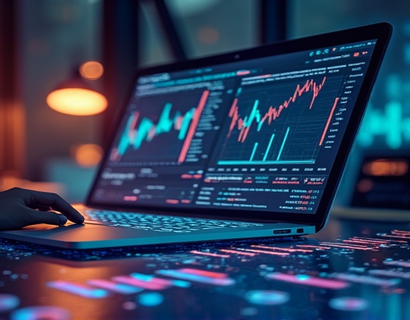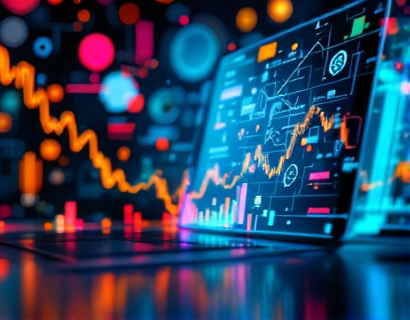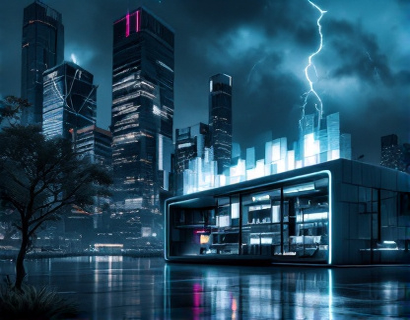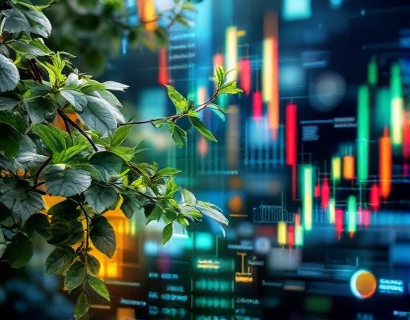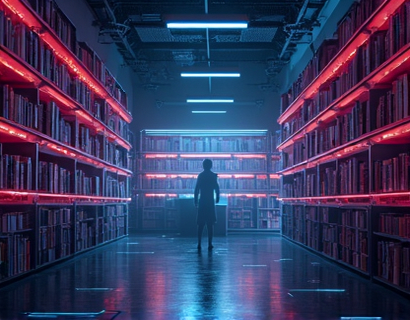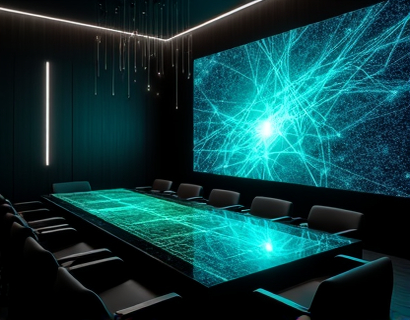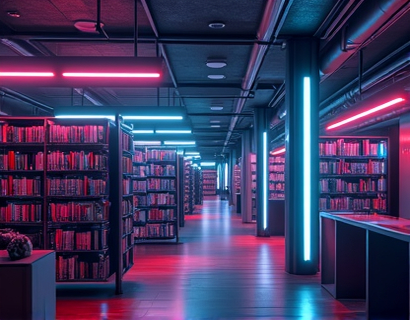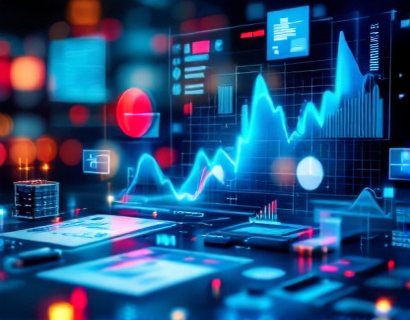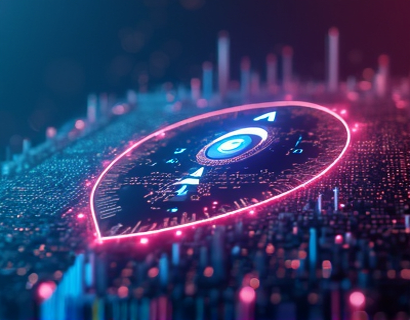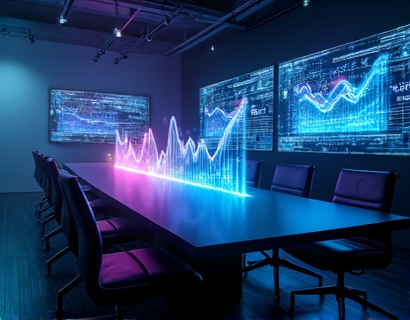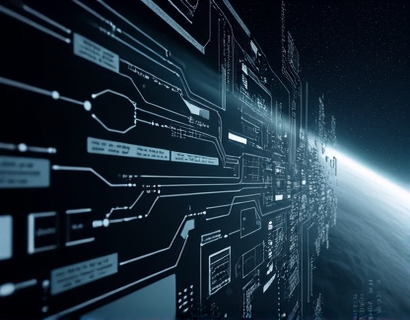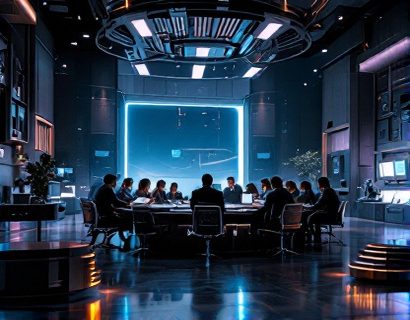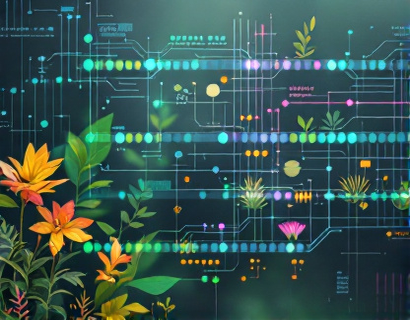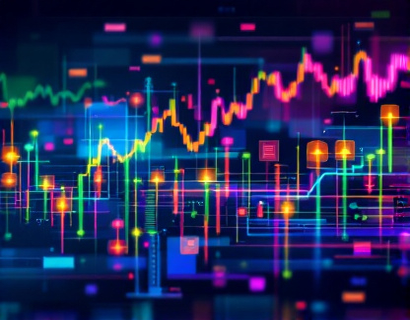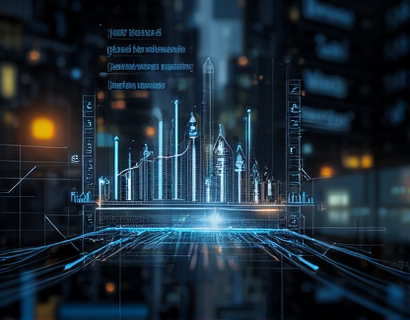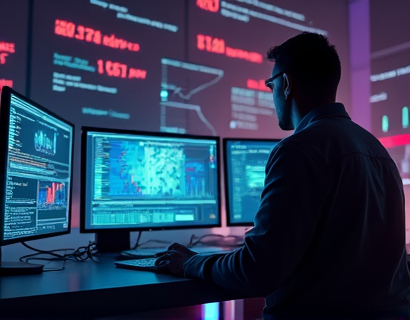Transforming Your Assets into Enchanted Digital Collectibles: A Journey with Advanced Online Solutions
The digital age has opened up new avenues for creativity and innovation, allowing individuals to transform their unique possessions into captivating digital collectibles. This journey involves a digital metamorphosis, where physical and digital items are reimagined in the online realm, enhancing their value and allure. By leveraging advanced online platforms, users can embark on an exciting adventure, merging artistry and technology to bring their assets to life in a world of boundless creativity.
The concept of digital collectibles is not new, but the methods and tools available today have revolutionized the process. Gone are the days when transforming an item into a digital collectible required extensive technical knowledge and resources. Now, with user-friendly online solutions, anyone can turn their cherished possessions into enchanting digital artifacts. This article delves into the process, exploring how these advanced online platforms work and the benefits they offer to users.
Understanding Digital Collectibles
Digital collectibles are unique digital items that hold value and appeal to collectors. They can range from digital art and rare in-game items to virtual real estate and unique digital tokens. These collectibles are often stored in digital wallets or on blockchain platforms, ensuring their authenticity and scarcity. The allure of digital collectibles lies in their uniqueness, limited availability, and the potential for appreciation in value over time.
The rise of blockchain technology has been a game-changer for digital collectibles. Blockchain provides a decentralized and secure way to verify ownership and track the history of digital items. This transparency and security have made digital collectibles more trustworthy and desirable, attracting a new generation of collectors who are eager to expand their digital portfolios.
From Physical to Digital: The Transformation Process
The process of transforming physical or digital assets into digital collectibles involves several steps. First, users need to select the items they wish to transform. These can be anything from photographs and artwork to physical objects like coins or stamps. The key is to choose items that have personal significance or unique characteristics that can be enhanced in the digital space.
Once the items are selected, the next step is to digitize them. This can be done through high-resolution scanning or photography, ensuring that the digital version captures every detail of the original item. For physical objects, 3D scanning technology can create a precise digital model, preserving the item's shape and texture. This digital representation is the foundation upon which the collectible will be built.
After digitization, the digital asset enters the design phase. Here, users can collaborate with artists and designers to enhance and customize their digital collectibles. This might involve adding special effects, altering colors, or incorporating interactive elements. The goal is to create a digital item that not only represents the original asset but also stands on its own as a unique piece of digital art.
Advanced Online Platforms: Tools for Digital Transformation
Advanced online platforms play a crucial role in this transformation process. These platforms offer a suite of tools and services that simplify the journey from physical to digital collectibles. They provide user-friendly interfaces, expert guidance, and access to a community of like-minded individuals who share a passion for digital creativity.
One of the key features of these platforms is the ability to connect with digital collectible enthusiasts and experts. Users can join forums, participate in challenges, and seek advice from seasoned collectors and artists. This community aspect fosters a collaborative environment where ideas are shared, and creativity flourishes.
These platforms also offer advanced features such as blockchain integration, ensuring that each digital collectible is securely stored and verified. Users can mint their digital items as unique tokens, complete with metadata that describes the item's origin, history, and unique attributes. This metadata is crucial for establishing the collectible's value and provenance.
Benefits of Digital Collectibles
The transformation of assets into digital collectibles offers numerous benefits. Firstly, it provides a new way to preserve and showcase cherished items. Digital collectibles can be easily shared and displayed online, reaching a global audience without the constraints of physical storage or location.
Secondly, digital collectibles have the potential to appreciate in value. As the demand for unique digital items grows, these collectibles can become valuable assets in their own right. Unlike traditional collectibles that may depreciate over time, digital collectibles can gain value as more people seek to own a piece of digital history.
Another significant benefit is the creative freedom offered by digital transformation. Users are not limited by the physical properties of their original items. They can experiment with different designs, add interactive elements, and even create virtual experiences around their collectibles. This level of customization and creativity is unparalleled in the traditional collecting world.
Case Studies: Real-World Transformations
To better understand the process and benefits, let's look at a few real-world examples of successful digital collectible transformations. One notable case involves a vintage photograph of a family reunion. The original print was scanned at high resolution and then enhanced by a professional artist to add a nostalgic filter and subtle animations. The result was a digital collectible that not only preserved the memory but also added a dynamic element that captivated viewers.
Another example is a rare coin that was transformed into a digital collectible with interactive features. The coin's image was 3D-scanned to create a detailed model, and users could rotate and zoom in on the coin to examine its intricate details. Additionally, the digital collectible included historical information and a certificate of authenticity, enhancing its value and appeal.
These case studies demonstrate how digital transformation can breathe new life into cherished items, making them more accessible and engaging for a modern audience.
Getting Started: A Step-by-Step Guide
For those interested in transforming their assets into digital collectibles, here is a step-by-step guide to get started:
- Select Your Items: Choose the physical or digital items you want to transform. Consider their uniqueness and personal significance.
- Digitize the Items: Use high-resolution scanning or photography to create digital versions of your items. For physical objects, 3D scanning can capture detailed models.
- Collaborate with Artists: Work with designers and artists to enhance and customize your digital collectibles. This step is crucial for adding unique touches and ensuring the final product stands out.
- Blockchain Integration: Use the platform's tools to mint your digital collectible as a unique token on the blockchain. This ensures its authenticity and secure storage.
- Add Metadata: Provide detailed metadata for your collectible, including its origin, history, and unique attributes. This information is vital for establishing value and provenance.
- Share and Engage: Join the community of digital collectible enthusiasts. Share your creations, participate in challenges, and seek feedback to further enhance your digital assets.
By following these steps, users can successfully transform their assets into captivating digital collectibles, opening up a world of creative possibilities and value appreciation.
Conclusion: Embarking on a Digital Adventure
The journey of transforming assets into enchanted digital collectibles is an exciting and rewarding experience. It combines the joy of preserving memories and unique items with the innovation of digital technology. Advanced online platforms provide the tools and support needed to navigate this journey, making it accessible to everyone.
As the digital collectible market continues to grow, the potential for creativity and value appreciation is immense. Whether you are a seasoned collector or a curious newcomer, the opportunity to transform your assets into digital treasures is within reach. Embrace this digital adventure and discover the endless possibilities that await.



